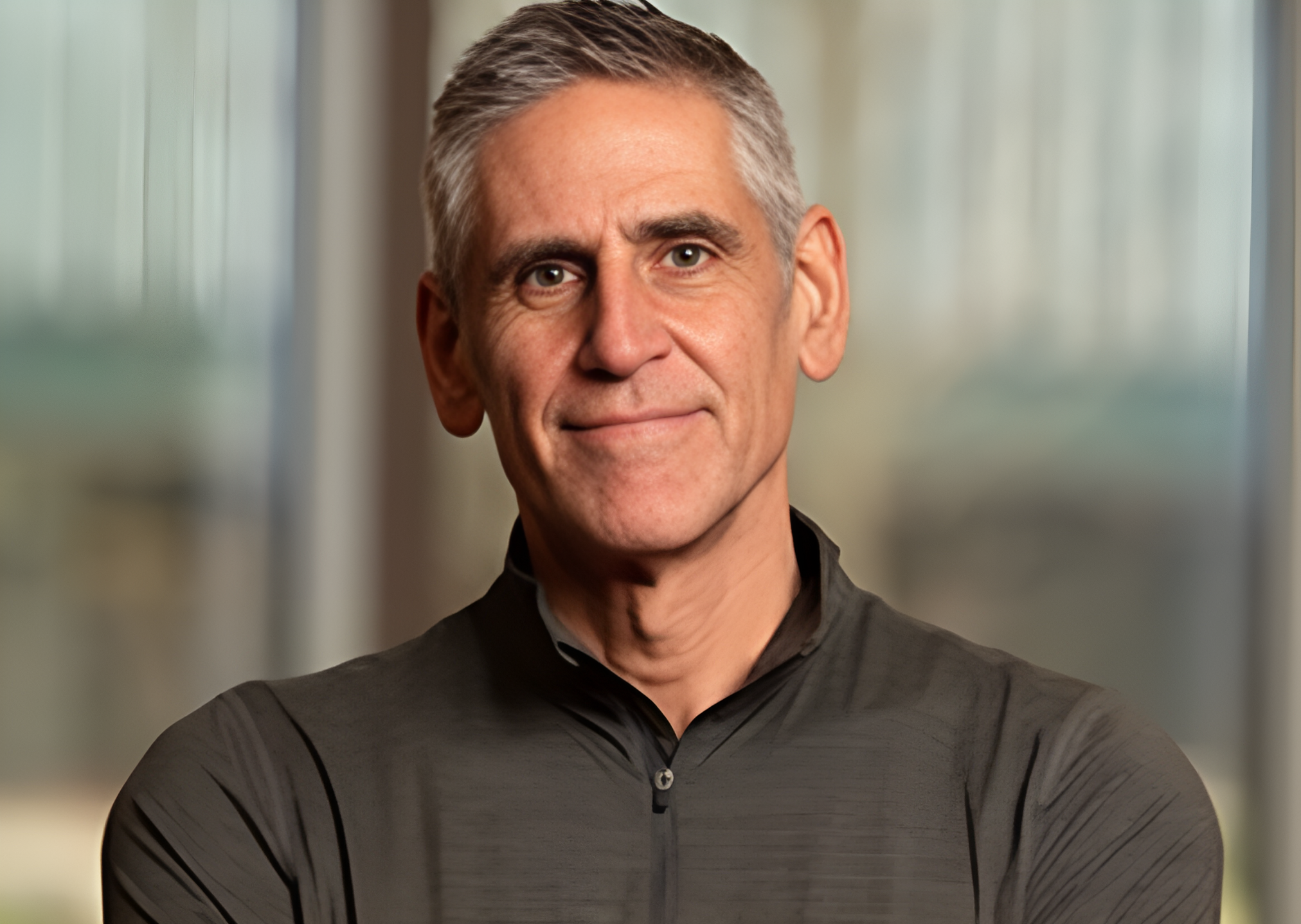This former Salesforce exec is using AI and data to transform higher education

Students often find it difficult to navigate the college experience, but what if we applied AI to help students, based on their own unique needs build a college experience that’s meaningful to them? Then, what if we took that same technology and applied it to life after college for a continuous learning journey?
That’s precisely what Phil Komarny, CIO at Maryville University is trying to achieve within the confines of his school, as well as with his startup called LifeTrek, which is working on a solution to enable students to take that same AI-fueled learning experience with them into the world after they graduate.
Before joining Maryville, Komarny was VP of Innovation at Salesforce for several years. It was actually his job, in his words, “to help customers understand and navigate the rapidly evolving technological landscape.” He took that experience and is attempting to bring it to a university environment, no small feat in an industry that can be averse to major technological changes due to some combination of legacy systems, security and privacy concerns, budget issues and faculty resistance.
He sees the role of technology and IT a little differently from most CIOs. Historically most IT departments have been designed around a key software system from a particular vendor, who dictates how you should operate. In the case of a university, that's the student information system. He wants to change that way of operating to focus instead on data and customization driven by AI.
Reviewing the tech stack
It starts with rethinking how you approach the problem. Most universities would say, we have an aging student information system, let’s replace it with a similar system and put out an RFP, but Komarny has a different idea: “You need a data strategy. You need to think about the fact that it's an AI future, and all we have to think about how we treat our data,” he said. “AI is the emerging reason to promote a change in the way we think about data, not a change in our systems.”
If that data-first approach sounds familiar, it should. It’s a constant theme we hear in our interviews with forward-thinking enterprise technology executives. That’s precisely the kind of cultural shift Komarny is looking to usher in, but universities often don’t have a progressive view of technology, riding aging systems for all they are worth.
AI is the emerging reason to promote a change in the way we think about data, not a change in our systems.
“My thesis is that if there is a better way to treat student data and give them ownership, while making it more accessible, why wouldn't we do that,” he said. That would enable the university to create a better learning experience that provides help whenever students need it, not just when they apply or graduate, but all across their lifetimes.
That approach starts with creating a master record for each student from all the disparate systems on campus that hold student data including the student information system. This in turn has led to a new software stack that includes master record management from BurstIQ, and perhaps unsurprisingly given his background, several Salesforce tools including Marketing Cloud, Data Cloud and Tableau, the data visualization tool that Salesforce acquired in 2019 for almost $16 billion.
Rethinking the relationship
Some might look at this data-centric approach and rightly worry about student privacy implications, but Komarny says that personal data ownership is key to the success of this idea. He wants people to understand the value of their data, and how if it’s used appropriately, it can drive a better educational experience.
“We do it through consent, so people own their data. They can see their data. They have it with them. They have to consent to this relationship. We're teaching them how valuable their data is,” Komarny said. And that’s a valuable lesson for a university to be offering students.
“The thesis is that in a world with PhD-level AIs in any domain right around the corner we should consider how we can control and help our learners personalize those experiences over time, protecting their data and creating valued relationship with an intelligence that is not just seen as an ‘oracle’ but as a trusted companion that is empathetic and socratic,” he said.
In practical terms, the students are interacting with AI agents in Slack and the university Learning Management System. They can interact with the agent as little or as much as they want, and along the way they are building a graph database of their university information they call a ‘LifeGraph.’ Just like any graph database, it helps the user see connections between similar things. Komarny’s team has built a graph around course information at Maryville.
“Maryville has developed a comprehensive life graph for its teaching approach. This means that every syllabus has been organized into an ontology that outlines all the courses offered and the skills derived from them. He emphasizes that consolidating this information is crucial for fostering individualized learning.”
Reimagining the learning process
Among the areas he sees AI helping beyond personalization include insights on strengths and areas for improvement and perhaps most interesting, AI assistants to help provide feedback, tutoring and guidance.
While students each interact with a single bot, the knowledge in the bot is pulled from the collective campus knowledge in that subject area. “Instructors and faculty are also integrated into the entire process from the beginning which includes helping provide context of how the bot should talk/act/interact with students and in what ways while also testing the bot/tools to make sure they are delivering [information] properly,” he said.
This isn’t separate from the classroom experience. Rather, it’s integrated into it with the professor leading the way. “The professor serves as a mentor and content facilitator in the course, but is able to craft more around their expertise while the agent allows a bigger picture view,” he said.
They tested the AI assistant approach into two high-attrition online graduate nursing courses. “Over one semester, a 40% attrition rate dropped to 10%, and that was just a tell that giving them access to their data in a different way, conversationally, really produced some great results,” he said. And now he’s gotten some grants to study the idea even further.
Expanding beyond Maryville
Komarny wants to extend this concept beyond Maryville and provide the technology to make it possible for every university to participate in this approach. That’s where his startup LifeTrek comes in. “LifeTrek is a lifelong learning platform that's based on personal data. We use cryptographically sound operational data stores to be able to secure that data for a person,” he said. And it works in a similar way to Maryville, using data to drive personalized educational experiences.
This involves several elements including a link to the university learning management system, a decomposer that can take a course from the learning management system, decompose it into modules, then recompose it with smart data and put it back in the LMS, generating metadata about skills. Finally, each student can upload their college transcript and their resume and that is the basis of their life graph to continue learning beyond college.
He may be just getting started, but Komarny is attempting something quite ambitious: reinventing the college experience with AI. His goal is to help students maintain a relationship with a university throughout their lives via these AI assistants, helping them navigate their careers after college to reskill whenever needed, even long after they graduate.
Featured image courtesy of Maryville University.





